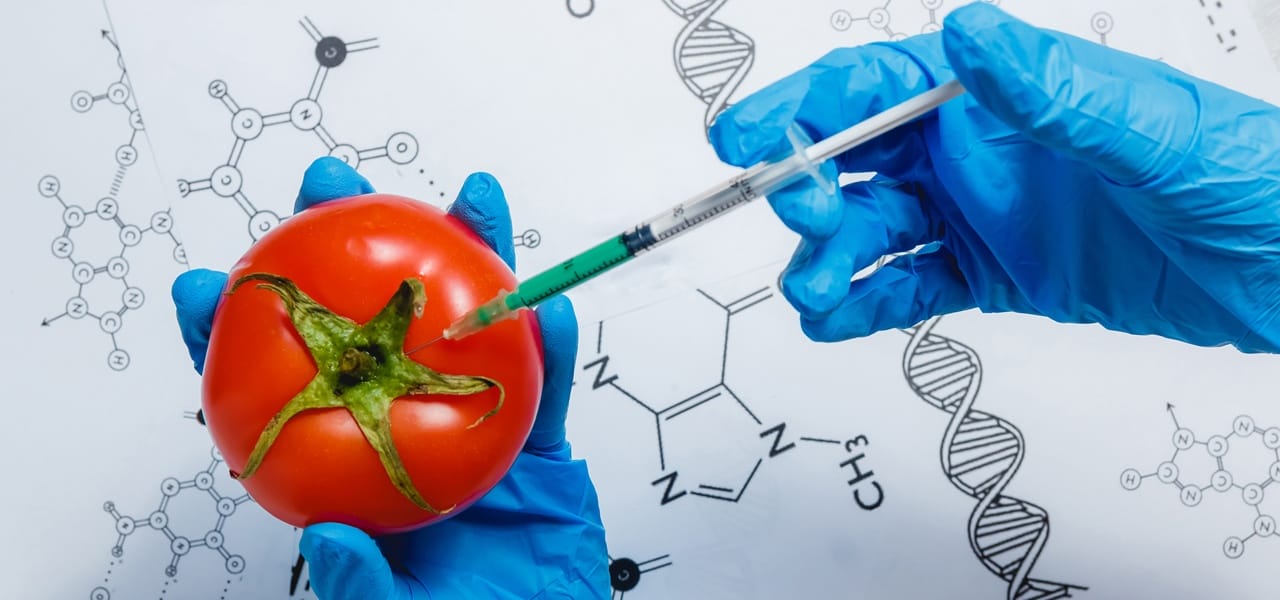
Consumption of Transgenic Foods and its risks
Is it possible to specify and give a name to the risks associated with the consumption of transgenic foods?
Yes, some risks can be listed, but this does not imply that there is sufficient scientific evidence.
The latter is due, as will be explained later, to the fact that very few scientific studies have been published on the effect of the consumption of transgenic foods on human health.
However, the lack of sufficient scientific evidence should not be interpreted as a lack of risk.
The potential risks are real and need to be investigated. The main concerns are set out below:
1. “Novel” proteins causing allergic processes.
The most common food allergens are products with a high protein content, especially those of vegetable or marine origin.
One of the health risks associated with transgenic foods is the emergence of new allergies, as these foods introduce new proteins into the food chain that we have never eaten before.
If the protein is an enzyme, major changes can occur in the cell’s metabolism and this can lead to the formation of new toxic and allergenic substances.
2. Production of toxic substances or unexpected effects
This fear is related to the uncertainty of the method.
There is a risk that the random insertion of the transgene into the genome of the organism to be transformed will lead to the “on” or “off” of genes surrounding the insertion.
If this happens, unknown processes can be generated that lead to the appearance of toxicity.
To assess these risks, toxicity tests are required, which involve short-, medium- and long-term experimentation on laboratory animals.
3. Antibiotic resistance and horizontal gene transfer
The use of antibiotic resistance markers in the process of developing transgenic crops has raised concerns that these crops may promote the loss of our ability to treat disease with antibiotic drugs.
This is because there is a possibility of “horizontal transfer” of an antibiotic resistance gene from a transgenic food to microorganisms that normally lodge in our mouth, stomach and intestines, or to bacteria that we eat along with the food.
If these microorganisms acquire the antibiotic resistance gene, they will survive an oral dose of an antibiotic drug, making it difficult to treat certain diseases.
4. On gene expression.
Inserting a transgene into the genome of any organism requires that it be accompanied by additional DNA sequences to direct the activity of that transgene.
These additional sequences are known as promoters and terminators. The most widely used promoter is the 35S promoter from Cauliflower Mosaic Virus (CaMV promoter).
Is there a possibility that the CaMV promoter escapes the normal digestive breakdown process, enters a cell of the organism, and is inserted into a human chromosome by altering the expression of certain genes?
It would take multiple stepwise events for such a thing to occur, but this does not mean that the possibility is ruled out.
REFERENCE: Fernández Suárez, María del Rocío, “Genetically Modified Foods: How Safe Is It to Eat?”. Digital University Magazine [online]. April 10, 2009, Vol. 10, No. 4 [Consulted: April 11, 2009].
